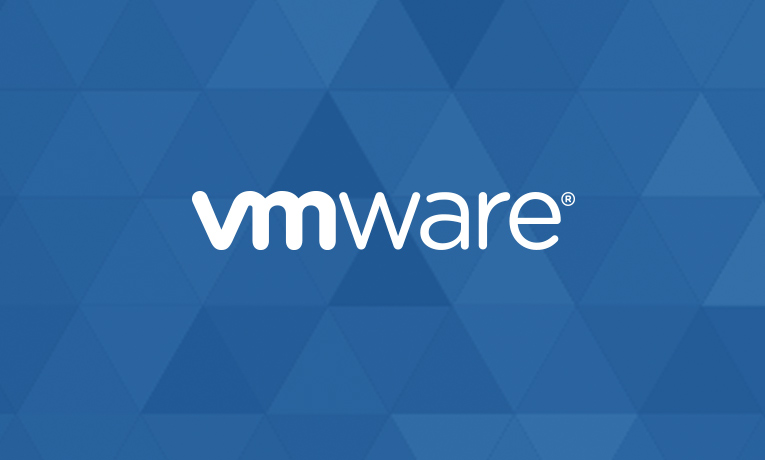The Guide to Cloud Storage?
Last Updated: February 9th, 2023 6 min read Servers Australia

What is Cloud Storage?
Cloud Storage is a cloud computing model that allows you to store and save data to an off-site location that you can access through the internet.
Cloud storage is quickly becoming the go-to data storage model for businesses of all sizes. However, even after you’ve decided that cloud storage is the right solution for your business, you’ll still need to decide between the different types of cloud storage that are available.
To help make that decision a little easier, we’ll cover the three different types of cloud storage as well as the things you will want to consider when choosing which type is the best fit for you and your business.
How does Cloud Storage Work?
Cloud storage works by storing data on remote servers that are hosted by a cloud storage provider. Users can upload their files and data to the cloud storage platform over the internet and access them from any device with an internet connection.
When a user uploads a file to the cloud, the data is first broken down into smaller pieces and then encrypted to protect its privacy and security. The encrypted data is then distributed across multiple servers in different locations to ensure redundancy and availability.
When the user wants to access their data, they can log in to the cloud storage platform and retrieve it from the servers. The user can also share their files and data with others by granting them access to the files or folders in the cloud.
Cloud storage providers typically offer different storage plans based on the amount of storage required, and users can upgrade or downgrade their plans as their needs change. Some cloud storage providers also offer additional features such as collaboration tools, data backup, and disaster recovery services.
Types of Cloud Storage?
If you decide to migrate your data to cloud hosting, you’ll have three different cloud storage models to choose from. Each of these models offers its own set of benefits and drawbacks, so it’s a good idea to thoroughly explore each one before making your choice. The three models of cloud storage are:
Public Cloud
Public cloud storage is the model offered by well-known services such as Amazon Web Services, Google Cloud, and IBM Cloud. In the public cloud model, the service provider owns and manages the entire architecture and provides segments of that architecture to their clients over the internet. Advantages of the public cloud, Cloud Servers, VPS Servers are the fact that it is cost-effective, highly scalable, and requires no maintenance on the part of you and your business. However, the public cloud is also less secure and less customisable than other models of cloud storage.
Private Cloud
So, What is Private Cloud? With the Private Cloud model, you own the entire infrastructure rather than sharing it with other clients – though you still may rely on a provider to help you build and maintain your infrastructure. The private cloud model is more secure than the public cloud, making it ideal for government organisations or any other organisation where data security is a priority, and it’s also easier to customise. A Private Cloud provider can customise this to your business needs. However, the private cloud model does require a little more effort to maintain and is often more expensive than the public cloud model.
Hybrid Cloud
As the name suggests, the hybrid cloud model combines elements of both the public and private cloud in order to offer the advantages of both models. With the hybrid cloud model, you can build your infrastructure using both public and private cloud solutions, transferring data back and forth between the public or private cloud whenever you see fit. This makes the hybrid cloud model very flexible and easy to scale. It also allows you to secure sensitive data on the private cloud while at the same time cutting costs by storing the bulk of your less sensitive data on the public cloud.
While these three models comprise the different types of cloud storage that you will have available to choose from, you’ll also have to select the specific manner in which you want your data stored. Data stored on the cloud can be stored in files, blocks, or objects.
File storage is the oldest, most straightforward method of data storage and it entails storing data in files that are arranged in a hierarchical system. Block storage involves filling individual blocks of raw storage with files of equal size. Those blocks are then treated as individual hard drives by the operating system, making for a system that is better-performing and more efficient.
The newest type of file storage is object storage, which involves storing unstructured data in containers that make the data easier to access and edit. Object storage also allows for greater scalability and improved flexibility in regards to how your data is stored, accessed, and managed.
Choosing the right Cloud Storage
You’ll need to take into account a variety of factors when choosing between a public, private, or hybrid cloud infrastructure such as security, cost-effectiveness, scalability, and more. In the end, no one model is inherently better than the other – it just comes down to the data storage needs and unique priorities of your specific business.
The good news is that once your data is stored on the cloud, it’s fairly easy to transfer from a public cloud infrastructure to a private cloud infrastructure, or from a private cloud infrastructure to a hybrid cloud infrastructure, and so forth. What works for your business today may not be an ideal solution tomorrow – which isn’t necessarily a problem given that switching between different cloud models is a relatively simple process.
As for choosing the manner in which you want your data stored, this again comes down to the type of data that you are storing and your own priorities and requirements. Unstructured data such as photo and video files or data that may need to be edited frequently such as collaborative files is often better stored in object storage. If you’re just looking for the simplest and most straightforward solution, though, file storage may be ideal. Reflect on exactly what it is that you are wanting to accomplish through cloud storage and choose both a cloud storage model and data storage type that will allow you to best meet your goals.
Conclusion
If you decide to migrate your data to the cloud, you have several different options to choose from. While this may seem somewhat overwhelming at first, more options means an increased likelihood that you will find a model that best suits the needs of your business. With a little effort, finding the right cloud storage solution shouldn’t be too much of a hassle.



